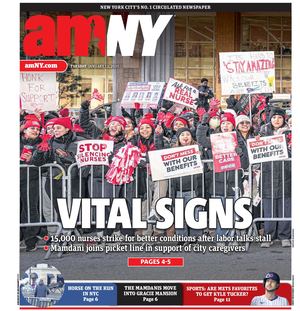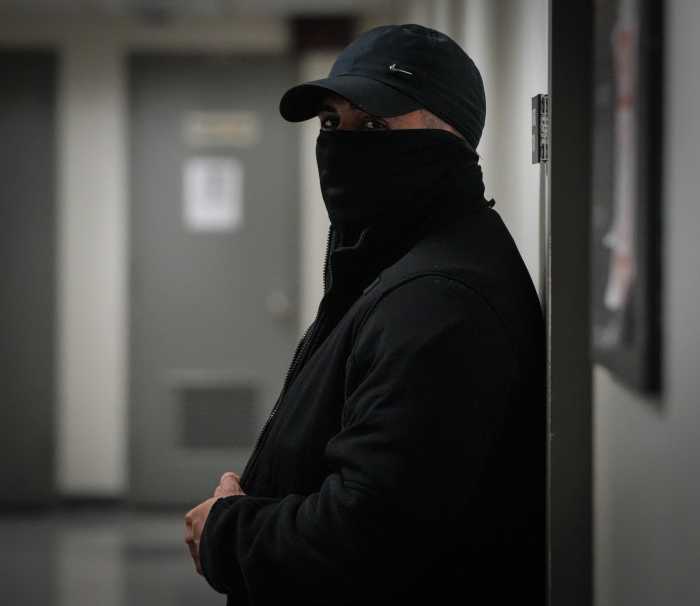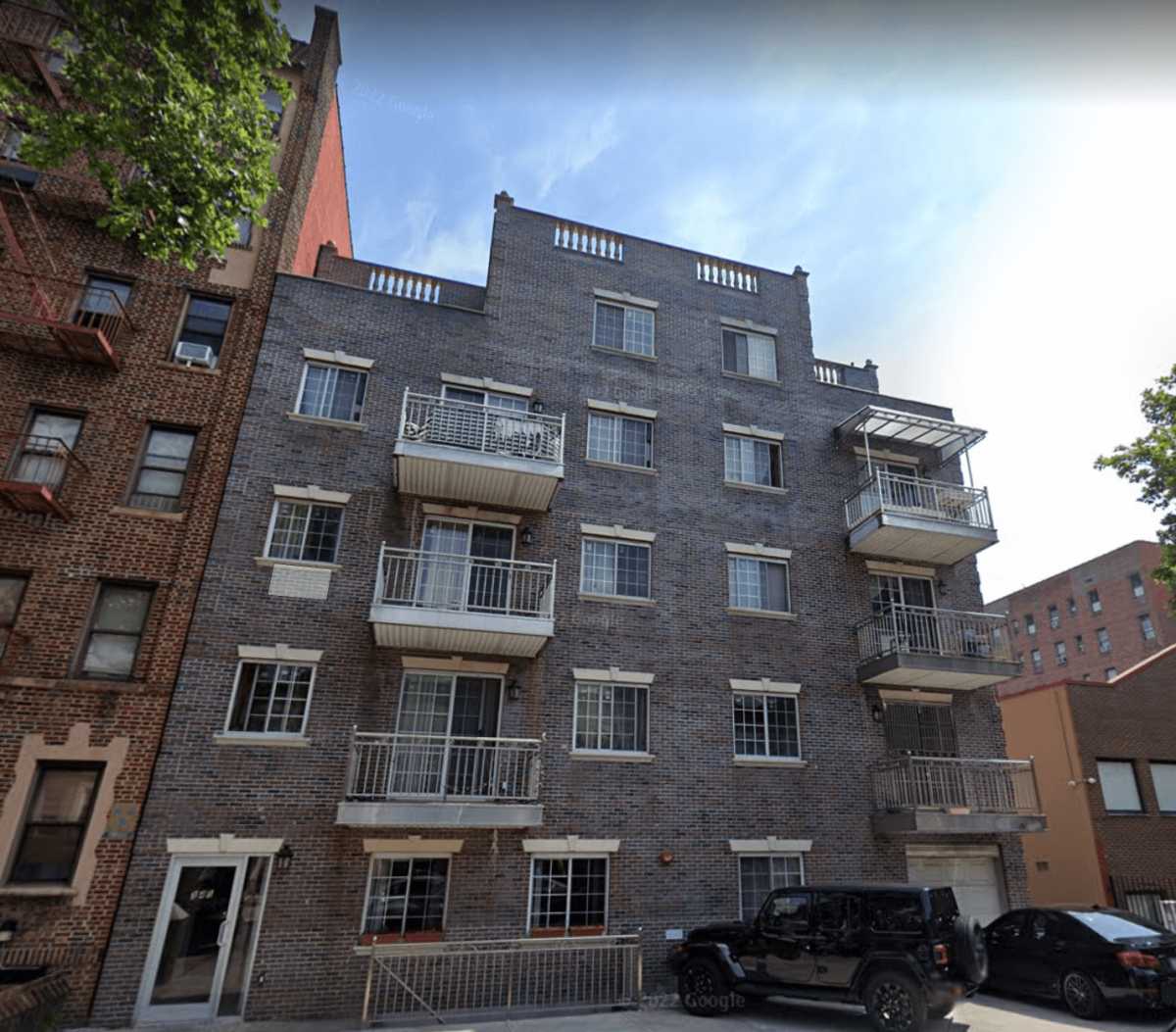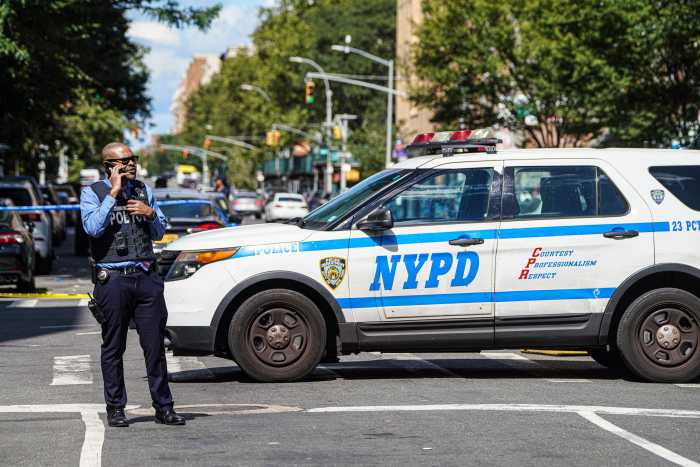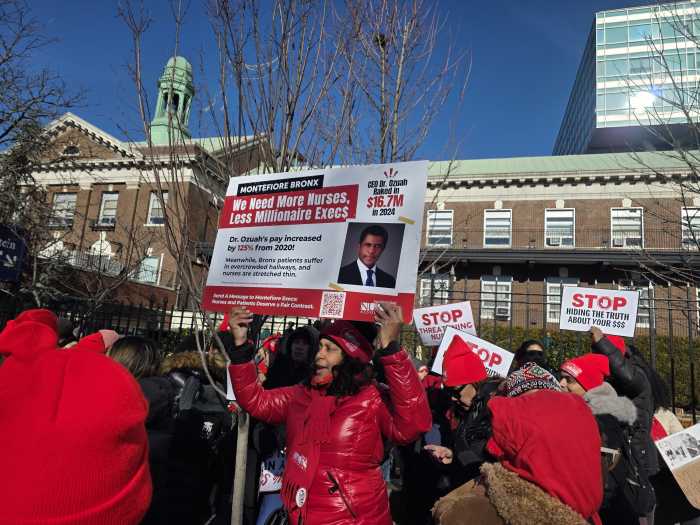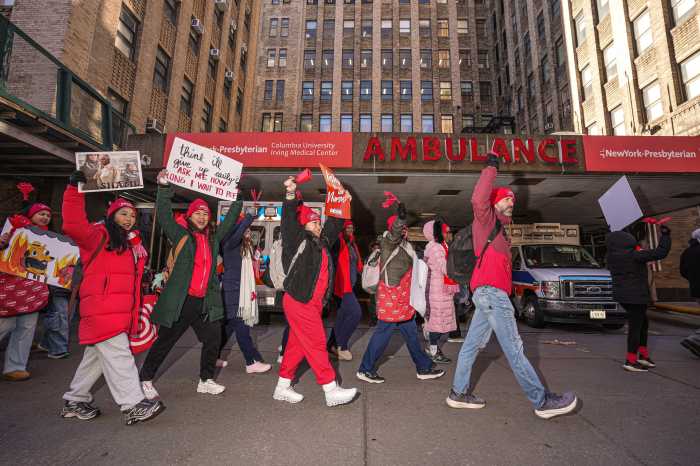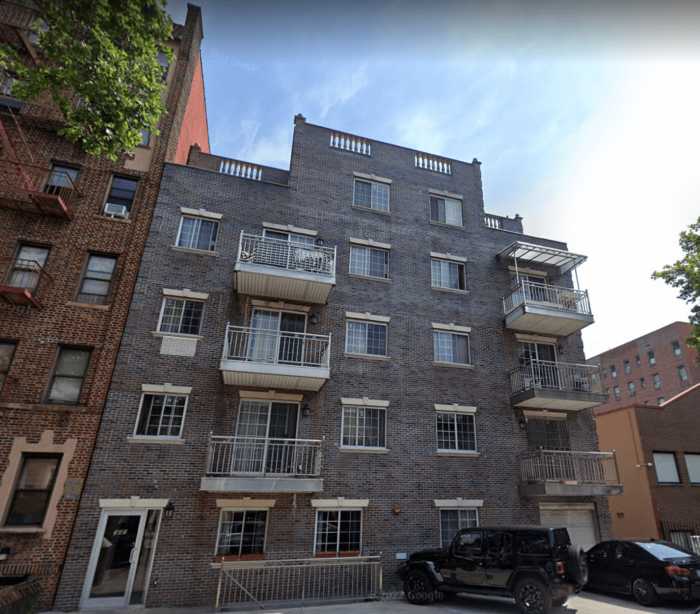Tenants and affordable housing advocates joined New York City Comptroller Scott Stringer in lower Manhattan Tuesday to call for rent law reform amid an affordability crisis in the city.
A comptroller’s office report titled “The Gap is Still Growing: New York City’s Continuing Housing Affordability Challenge,” builds off a 2014 analysis and reveals a sharp decline since 2005 in affordable housing for New Yorkers.
Stringer described the report’s findings as “very alarming.”
The analysis found the city experienced a net loss of more than 425,000 apartments renting for $900 or less from 2005 to 2017. Within the same time period, the number of apartments renting for $2,700 or more skyrocketed fourfold, replacing many lost low-rent units.
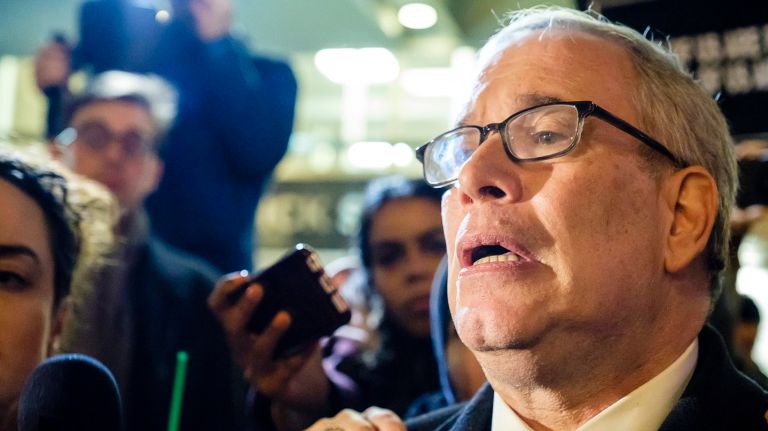
Stringer explained the findings starkly illustrate how quickly the loss of affordable housing has accelerated in the last decade — a trend that he says must be reversed.
“Behind these one million lost units are countless New Yorkers — families, seniors, students and immigrants — who are working harder than ever to put a roof over their heads. We can’t let the entrance fee to the city become a luxury condo, or we will stop being the city we know and love,” Stringer said.
“As our city’s economy and population continues to expand, we need to use all the tools we can to protect our communities. Lawmakers in Albany must act swiftly to eliminate vacancy decontrol (where rent-controlled units lose that status when a tenant leaves) and pass other common-sense rent regulation reforms that will preserve our affordable housing stock and keep New York accessible for working families.”
The report, which assessed housing trends across the city overall, also discovered that more rent-stabilized units were removed from the available housing stock than added since 2005. The only exception was 2017, when a large number of units were stabilized after the renewal of the 421a tax exemption, provided for the construction of affordable housing.
Only higher thresholds for vacancy decontrol — which went from $2,000 to $2,500 in 2011 and to $2,700 in 2015 — have helped to slow the “high-speed disappearance of rent-regulated units.”
“Thirty percent of people in homeless shelters have jobs but the rent is too high,” Stringer said. “Our city is losing low-rent apartments everyday, and it’s putting whole communities at risk.”
Delsenia Glover, from the Upstate/Downstate Housing Alliance’s #HousingJusticeForAll campaign, stated that across New York City, half of low-income renters pay more than 50 percent of their income in rent.
“Tens of thousands of New Yorkers are a paycheck or emergency away from homelessness,” Glover said. “With the weakening of the rent laws, lack of universal rent control, and the ability of landlords of unregulated apartments to evict tenants at whim, we are raising our voices to stress the urgent need for a course correction.”
Glover also stated the city is in the worst homeless crisis New York has seen since the Great Depression.
“There are 63,000 people sleeping in shelters each night in this city and 89,000 across the state. This new report is telling us it’s time to put power back into the hands of the people, and demand the Legislature fix this massive crisis.”
Stringer aims to bring his report’s findings to state legislators in a bid to strengthen rent laws.
This article initially included incorrect data on the number of low-rent apartments lost since 2005 due to faulty calculations released by the comptroller’s office.
